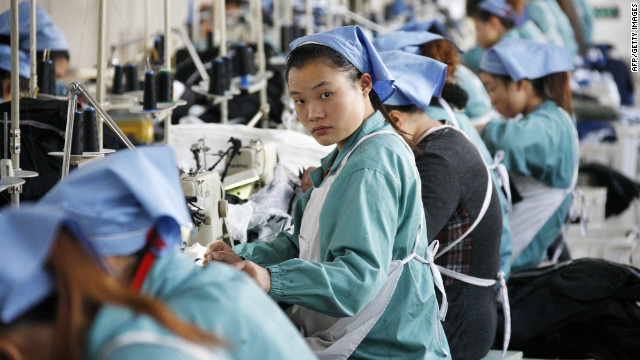Who Cares? Not only in the United States, but also around the world, governments supported their financial industries to survive. In the meantime, some banks paid back the money to their government, but some signs of getting back to old business are evident. News agencies are reporting that top banks are returning to the old attitude: Privatize the benefit and socialize the losses. And who's paying the bill? Of course it's the taxpayers and not the executive floor of the banks. Are these people blindfolded or just voracious? With this unbelievable behavior in sight, the finance ministers of the European Union were compelled to call for new rules and compensation policies so that investment bankers won't be allowed to stuff themselves with bonuses and compensation money in the future. Impact On The Textile Industry? What does this mean for the textile industry? It means a lot. It means trouble for the whole textile industry at all stages of the production chain. The resources given to support the financial industry now appear blocked and won't flow through to all sectors of the industry. The driving force of a successful textile industry and its suppliers is innovation and imagination. Innovations are costly, innovative products can only come enter the markets if companies have successfully operating research and development (R&D) departments. And competitive loans are one of, if not the most important stimulus of industrial activities such as R&D. For decades, the top brand textile machinery companies had staffs of hundreds of engineers to develop new and better products. They were owned by true patrons, entrepreneurs who were responsible for the well-being of the company, but also for the employees. This has changed too. The Rupp Report wrote about the problems with new investors who put well-known and valuable machinery brands in danger. The Vicious Circle If the machinery industry is not able to produce more efficient machinery, the fabric manufacturers are not able to produce better and competitive qualities. Not to forget fashion - fashion is pure innovation and creativity. But how is it possible these days to finance creativity? And if the fashion people are not in the position to create new and better products, how should the retailer be successful? Back To Roots How is it possible that the top brass of the world financial system does not remember just 12 months ago when the world was on the threshold of the most spectacular financial collapse of all time? And on top of that, this crisis was provoked by the same people. Don't get me wrong: I'm anything but a communist and I condemn too much bureaucracy. However, governments were blue-eyed and naive to lend money to the banks without strict rules. It's well known in the textile industry - this part of the global economy is always the first to drop, but also the first to stand up again. Funnily enough, many companies are reporting sales. However, the lubrication for a healthy textile industry is a strong economy with strict rules. So let's go back to the roots with integrity, belief and confidence. You agree or not? Please let us have your thoughts: jrupp@textileworld.com |
|
The Rupp Report: The Vicious Circle Of Money
Updated: 2009-9-14 Source: Textile World Asia

Recommended News
Photo Gallery
Most Popular



